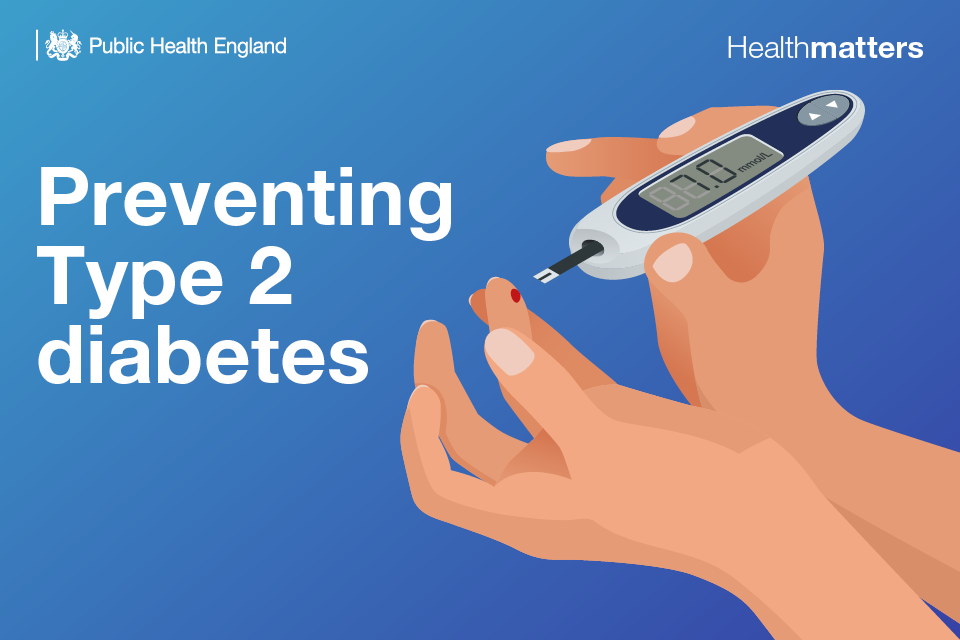Type 2 diabetes is one of the fastest-growing health problems worldwide, affecting hundreds of millions of people. While poor diet and lack of exercise are widely recognized risk factors, recent research shows that smoking, vaping, and even nicotine pouches can significantly increase the likelihood of developing type 2 diabetes. Understanding this connection is vital for anyone concerned about long-term health.
How Smoking Raises the Risk of Type 2 Diabetes
The Centers for Disease Control and Prevention (CDC) reports that smokers are 30–40% more likely to develop type 2 diabetes compared to non-smokers. Chemicals in tobacco damage insulin-producing beta cells in the pancreas, while nicotine increases insulin resistance, making it harder for the body to regulate blood sugar. Over time, this leads to chronic high blood sugar and eventually type 2 diabetes.
Vaping and the Hidden Diabetes Risk
E-cigarettes and vaping devices are often marketed as safer alternatives to traditional smoking. However, studies show that vaping is linked to prediabetes, metabolic syndrome, and higher blood sugar levels, especially among young adults. The presence of nicotine in e-liquids, combined with other harmful chemicals, creates a similar strain on the body’s ability to process glucose, increasing diabetes risk over the long term.
Nicotine Pouches and Smokeless Products
Nicotine pouches, gums, and patches are often promoted as harm-reduction tools. But research published by the European Commission’s CORDIS project suggests that nicotine alone can disrupt glucose metabolism and insulin sensitivity, even without smoke inhalation. This means that people who rely on smokeless nicotine products may still face an increased risk of type 2 diabetes, despite avoiding traditional tobacco.
Why Nicotine Is the Common Factor
Across smoking, vaping, and pouches, the common denominator is nicotine. Nicotine stimulates the release of stress hormones like cortisol, which raises blood sugar levels. It also interferes with insulin signaling, pushing the body toward insulin resistance. While the method of delivery may differ, the impact on long-term metabolic health remains similar.
Protecting Yourself From Diabetes Risk
If you are concerned about diabetes, the best step is to quit nicotine use altogether. While quitting can be difficult, it significantly improves your body’s ability to regulate blood sugar. Pairing nicotine cessation with healthy eating, regular physical activity, and routine medical checkups can drastically reduce your risk of developing type 2 diabetes.
Conclusion
Smoking, vaping, and nicotine pouches are more than just addictive habits — they are hidden drivers of type 2 diabetes. Even though these products are often used as alternatives to each other, the underlying nicotine exposure poses a serious metabolic risk. For better long-term health, experts strongly recommend quitting nicotine use entirely and adopting healthier lifestyle choices.




